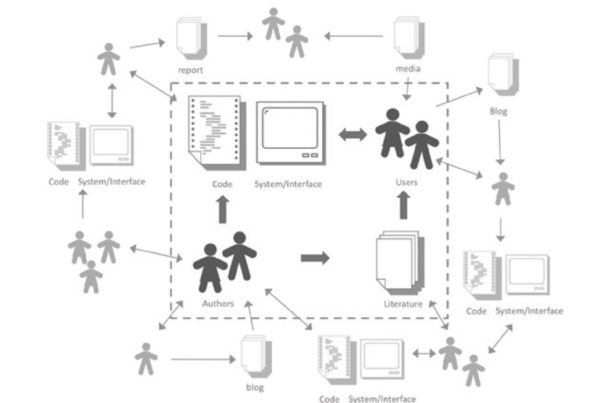Leonardo Electronic Almanac. DAC 09: After Media: Embodiment and Context. Vol. 17, no. 2, January 2012, pp. 74-91.
Abstract
The importance of enabling robust user representations in digital media seems clear. A mobile phone account features an associated pro”le describing billing related information, but also allowing for the upload of a photo or other self-representation.
A social networking account allows for indications of preferences, friendships, and histories such as educational or employment backgrounds. Games allow users to manipulate characters in *ctional worlds, and often allow a great degree of customization at both visual and game mechanical levels. There must be social, psychological, economic, cultural, and aesthetic factors at play that are worthy of scrutiny given the wide, cross-platform distribution of user representations. This might suggest that enabling empowering, selfexpressive representations would be a social boon. Yet, there exists a countercurrent to this observation. Namely, that these digital representations are peripheral to our real world identity experiences.




